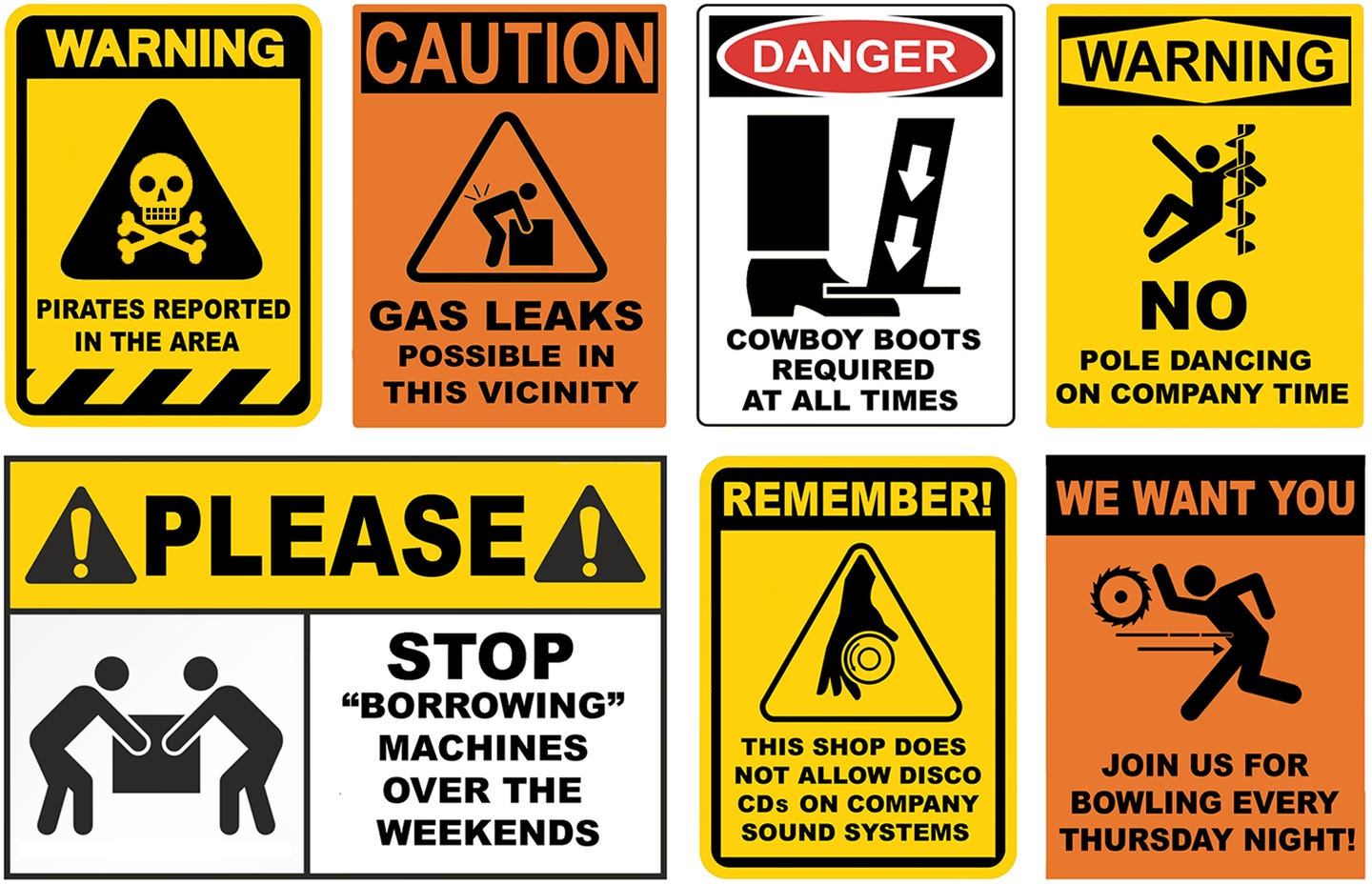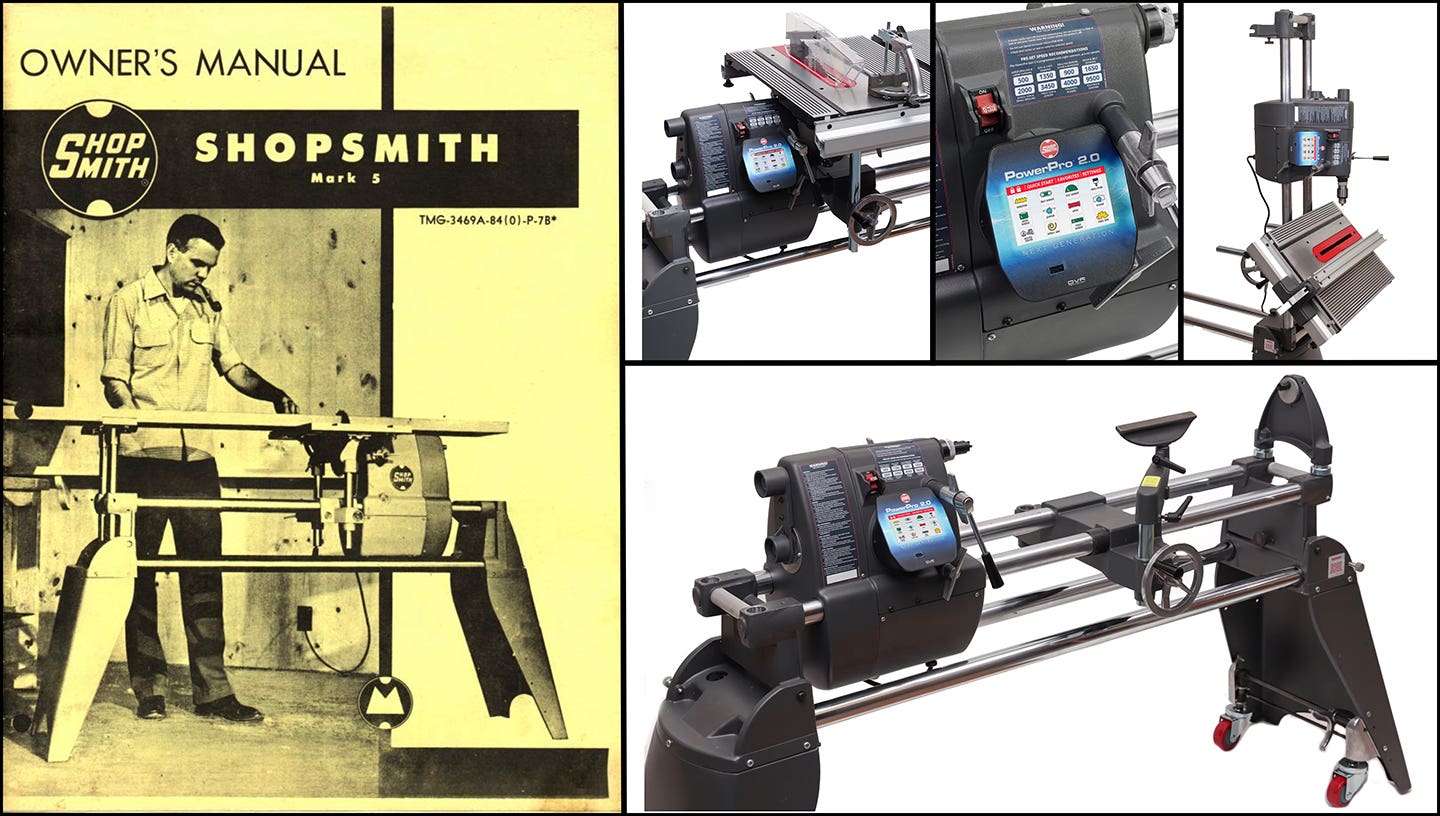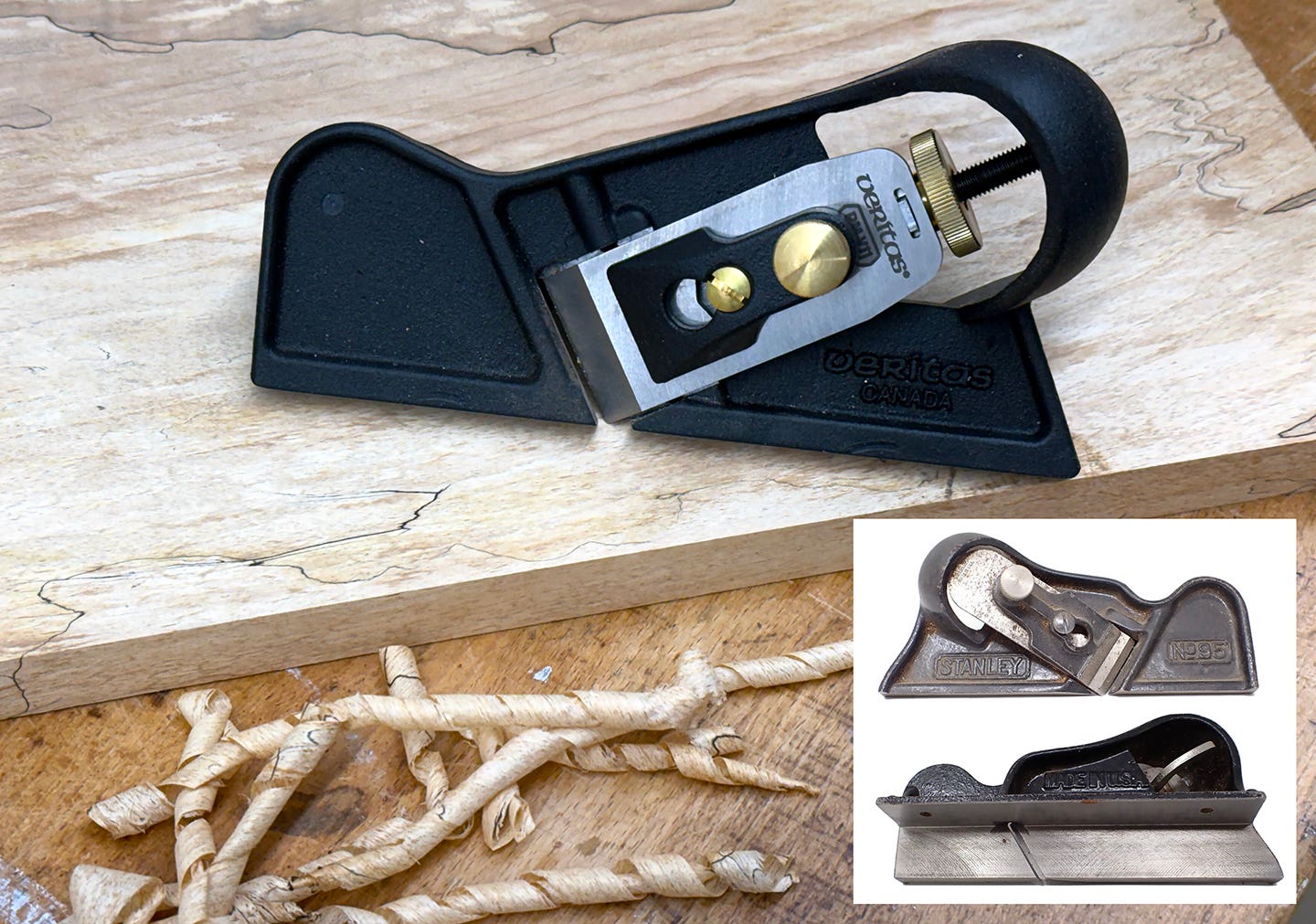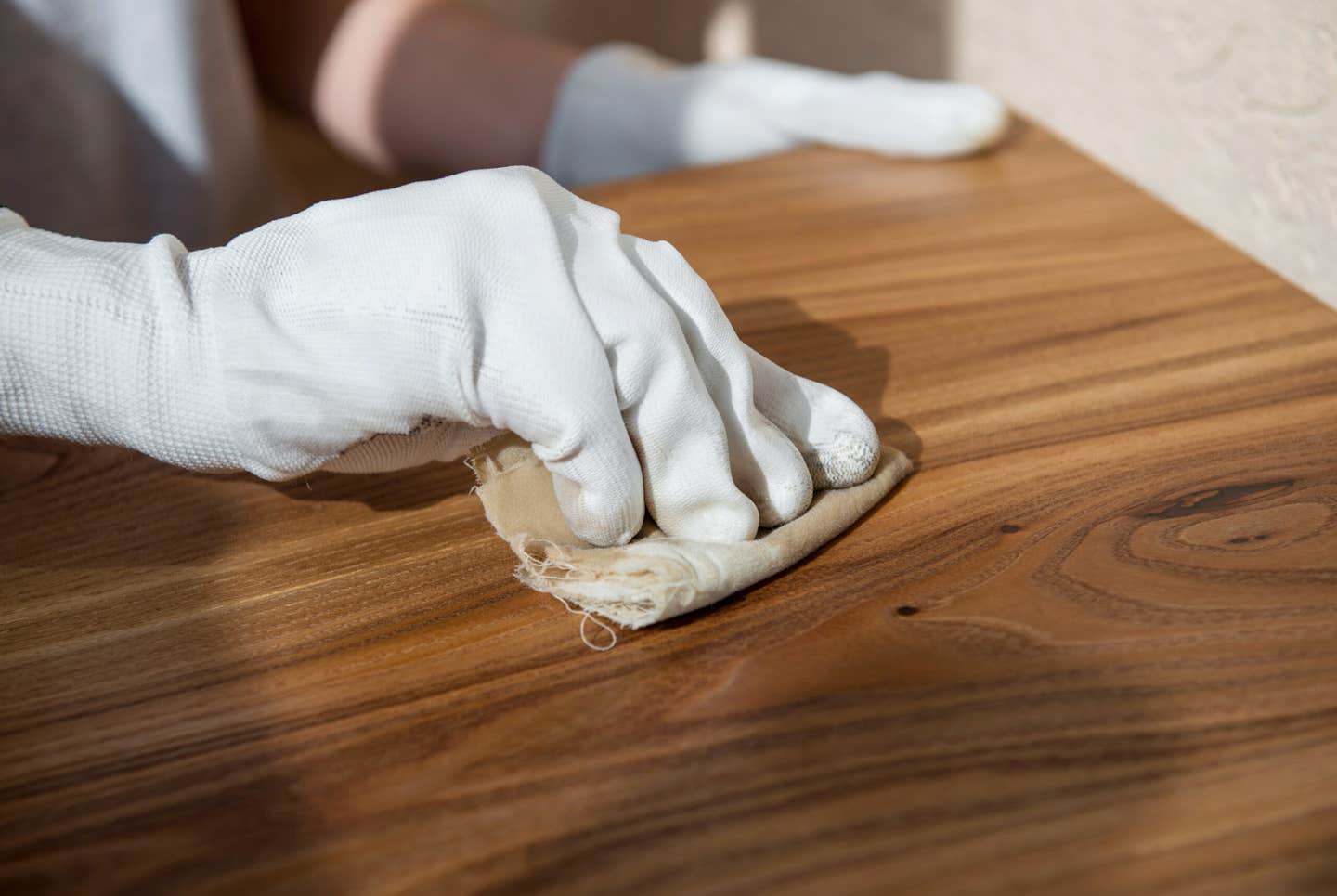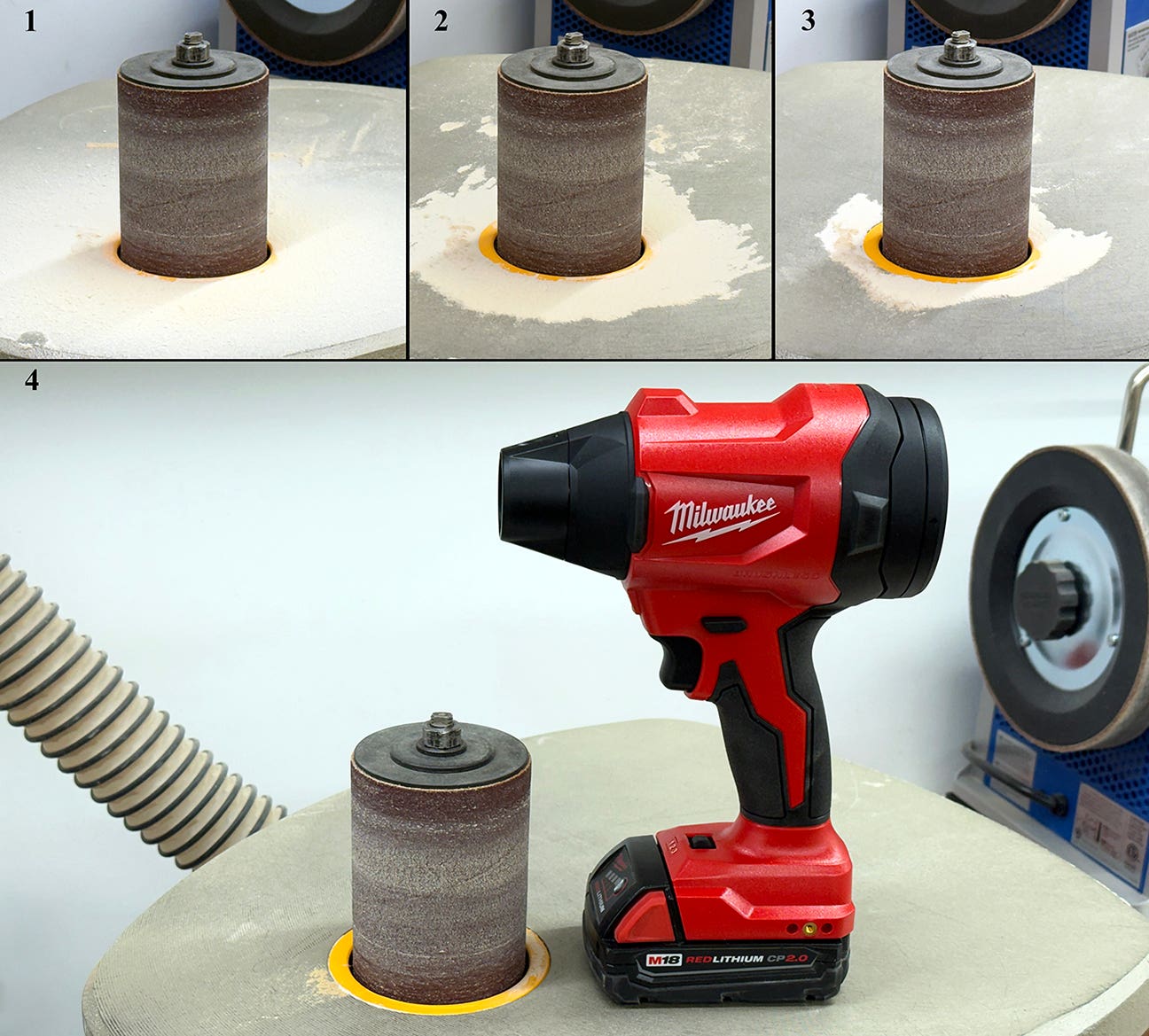Cost metrics are critical to your shop
Surprisingly, few otherwise astute woodworking professionals and shop owners are aware of how much it costs them to open the doors of their business every day. Even fewer understand how…
Surprisingly, few otherwise astute woodworking professionals and shop owners are aware of how much it costs them to open the doors of their business every day. Even fewer understand how much it costs to perform a specific service, produce a particular piece of furniture and install their custom-made cabinets, or to serve their "best" customer or customers.
{loadposition position10}
Admittedly most, if not all, shop owners are aware if their operation is profitable or not. How many woodworking professionals, however, know whether their bids, jobs or even the types of services they perform are profitable?
The answer to these and many other questions lies with "costing." Tracking the costs of the woodworking operation need not be overly burdensome in order to reveal what a particular job, service or customer actually costs. Even the most rudimentary accounting for costs will reveal a number of surprises and can lead, if acted upon, to increased profits in even the worst of times.
Mom-and-pop business
Many woodshops, even those with seven or fewer employees, can best be described as mom-and-pop businesses. Pop is in the shop or in the field hustling up the work that generates the income for their operation. Mom has the pleasure of doing all the chores such as billing, bookkeeping and scheduling, as well as fielding complaints and handling correspondence.
If Pop charges $200 for a job completed in three hours, he might figure he is making a not-too-shabby $50 per hour after subtracting a very generous amount for the materials used. Unfortunately, reality then intrudes.
Ignored in that all-too-common, seat-of-the-pants equation are quite a few expenses that add substantially to costs. What about the cost of Mom's labor, the time spent ordering the materials, scheduling, billing and collecting the amount due? What about the cost of the supplies used to produce the final piece, the wear-and-tear on the equipment used or the cost of Pop's time to sell that job?
And don't forget about overhead costs for such things as advertising and the expense of maintaining a shop or the kitchen table that Mom works from. Above all, don't overlook the money costs essential to the operation of every business, regardless of size.
The high cost of money
As is the case with many business expenses, the cost of money is frequently overlooked. In our mom-and-pop business, for example, the couple believes that using their savings and investments to finance needed purchases or to keep the business going is saving them finance costs.
Unfortunately, money "costs." Taking funds from savings incurs a so-called "lost opportunity" cost. If those funds had remained invested or kept in a savings account, they would have earned interest or increased in value. Using them in the business means the funding carries with it a "lost opportunity" cost.
On a similar note, a woodshop that bills for its services is, in essence, lending the customer the amount of the bill free of interest. If those bills offer the customer a discount, say 2 percent, for paying early, the business is paying the customer to pay promptly. In other words, that discount will "cost" the business something.
As an alternative, our mom-and-pop operation - or any business - could increase the amount it charges to cover the amount of the discount. Thus, if not taken advantage of by the customer, that discount becomes a charge for the use of the woodworking operation's money. Of course, these scenarios assume that the shop's owner is aware that money costs.
Keeping tabs on costs
What does it cost your shop to do what it does? Although the operation's financial statements, if available, clearly show expenses, they are rarely broken down into specific jobs or even categories of services. That is where cost accounting enters the picture.
Cost accounting is the process of allocating all of the shop's costs associated with generating a sale - designing, scheduling and producing the final product, etc., both direct and indirect. Direct costs include such things as the total wages paid workers, supervisors' salaries, supplies expended, etc. Indirect costs are all of the other expenses associated with keeping the operation going, such as rent, equipment rental, utilities, etc.
Cost accounting can be as simple or as complex as desired. However, as with the cost of money, cost accounting should never be ignored. How, after all, can profitable bids be prepared, discounts offered or prices and fees decided if the operation's expenses are not known?
For example, consider the cost of adding a worker. When Mom and Pop's business hired an employee, they paid him a fair amount without benefits. Mom and Pop assumed, wrongly, that the cost of that employee equaled the wages paid him.
They were correct in assuming that the addition of an employee adds to the cost of doing business. But the true "cost" of that employee is more than the wages paid. There is also the amount paid for matching FICA contributions and unemployment taxes and don't forget the cost of workers' compensation insurance. There is also the woodshop's insurance expense to be considered. Employees, after all, increase risk, a liability that is covered by insurance.
Establish a system, create a goal
Because cost accounting can be fairly complicated, the help of an accountant or CPA might be advisable. The money spent for professional guidance will be well worth it.
Conventional cost accounting, such as that used in many software programs, usually places support costs into a pool that is distributed across the operation's cost centers or services. This can distort actual costs as illustrated by a job that requires 10 estimates and 10 sales calls before finally winning the job. In most costing software programs, this job is usually assigned the same support costs as a job requiring fewer estimates or sales calls.
Accounting for costs, reducing costs
Obviously, cost accounting can do more than merely determine the cost of a job or service performed. Once known - and understood - every woodworking professional can locate and reduce any expenses that are out of line.
Many shops begin the costing process by comparing this month's expense figures with last month's or with the same month last year. Eventually, year-to-date expenses are compared with comparable figures from last year. Then an attempt is made to explain any discrepancies between the figures in different accounting periods and, perhaps, to fix the blame for costs that have increased.
If, for example, supply expenses represented 2 percent of sales last year and shot up to 15 percent this year, why is that? Equally important, that analysis also provides a real insight into the fiscal health of the woodshop. The woodworking business's financial health has its bearing on much more than the bottom line or profits. It can also affect both the cost and the availability of financing.
Taking financial control of your woodworking business means, as already mentioned, knowing and understanding the cost of money. It also means accounting for costs in order to understand what each service, contract or job actually costs your operation. That same cost accounting can also use the discrepancies revealed by the costing analysis to discover why costs have been rising.
Accounting for costs allows you, the woodworking professional, to price your products and/or services more realistically, allowing those costs to be passed to the customer. Cost accounting is also invaluable when determining what a particular job actually cost or, if detailed enough, cost accounting can reveal what your "best customer" actually cost you and your woodworking business.
Mark E. Battersby is a freelance tax and financial writer based in Ardmore, Pa.
This article originally appeared in the December 2009 issue.



